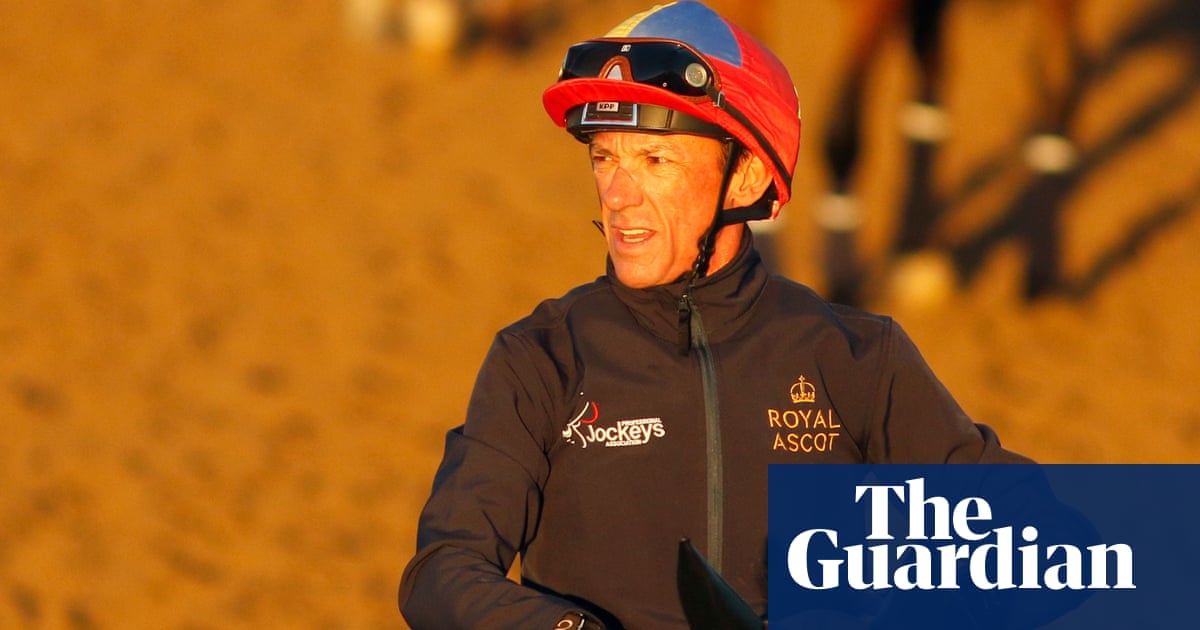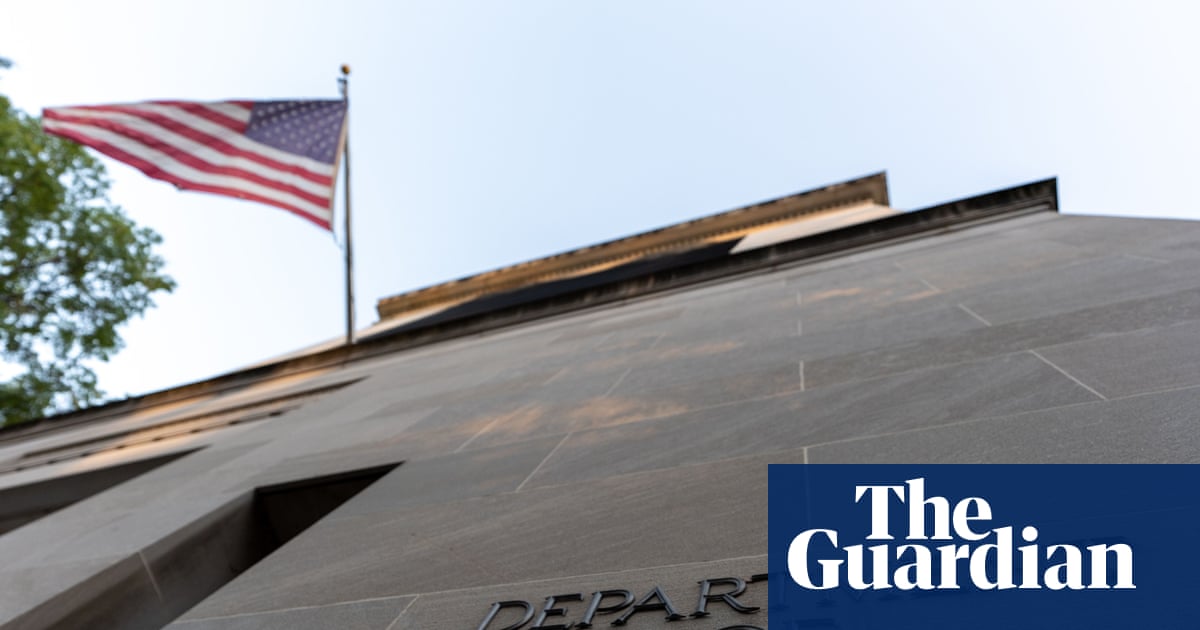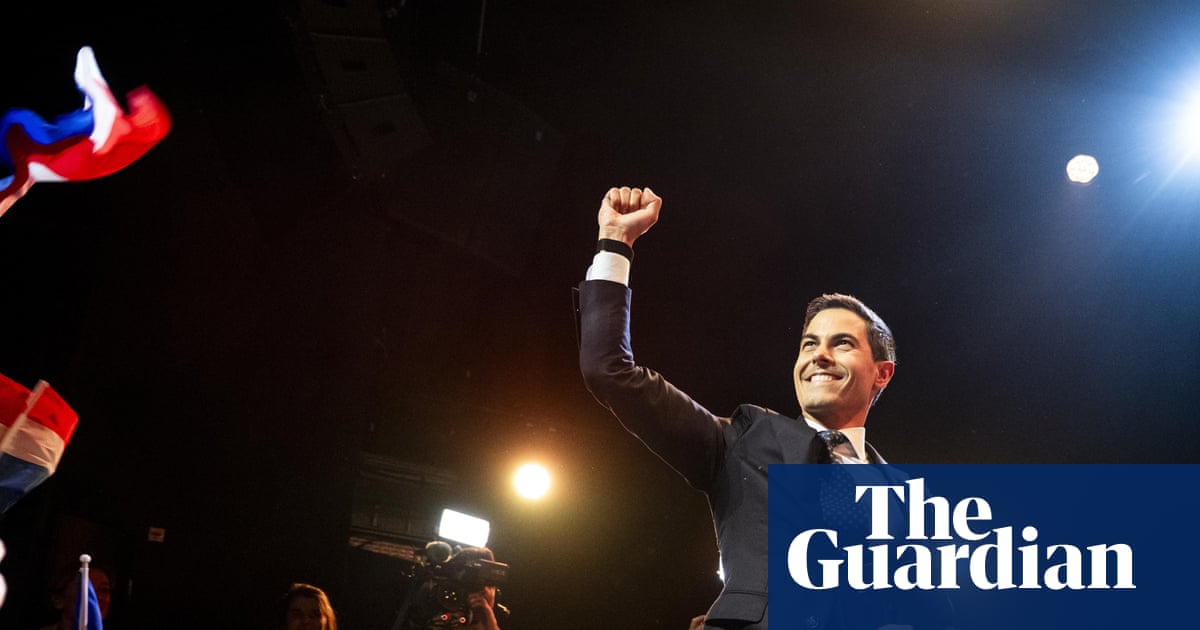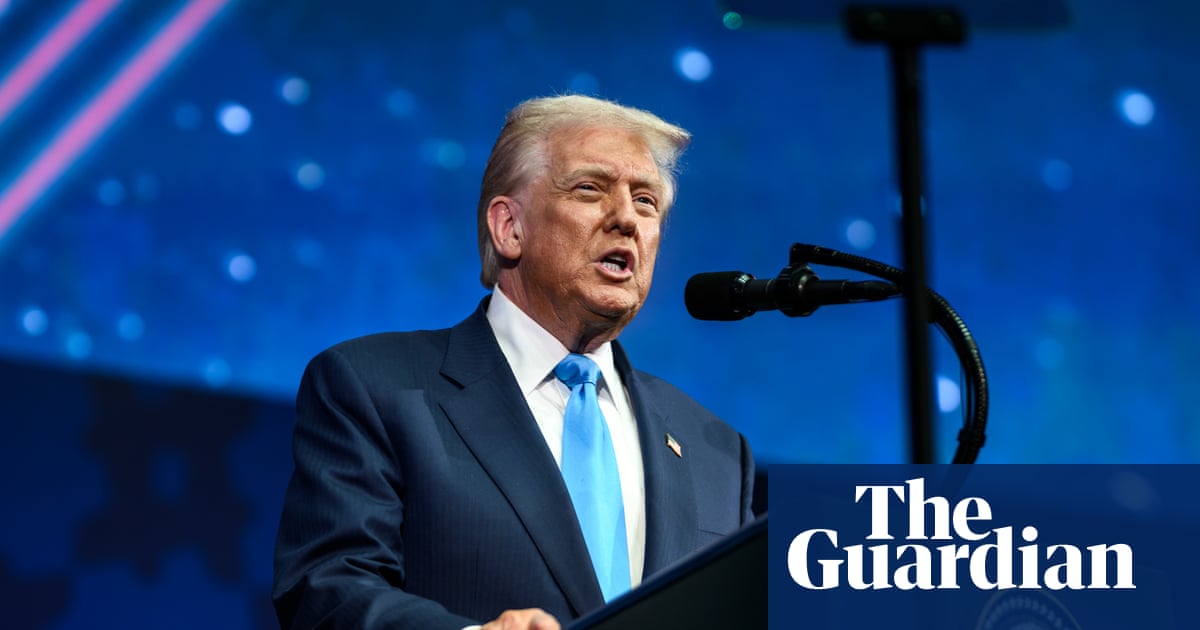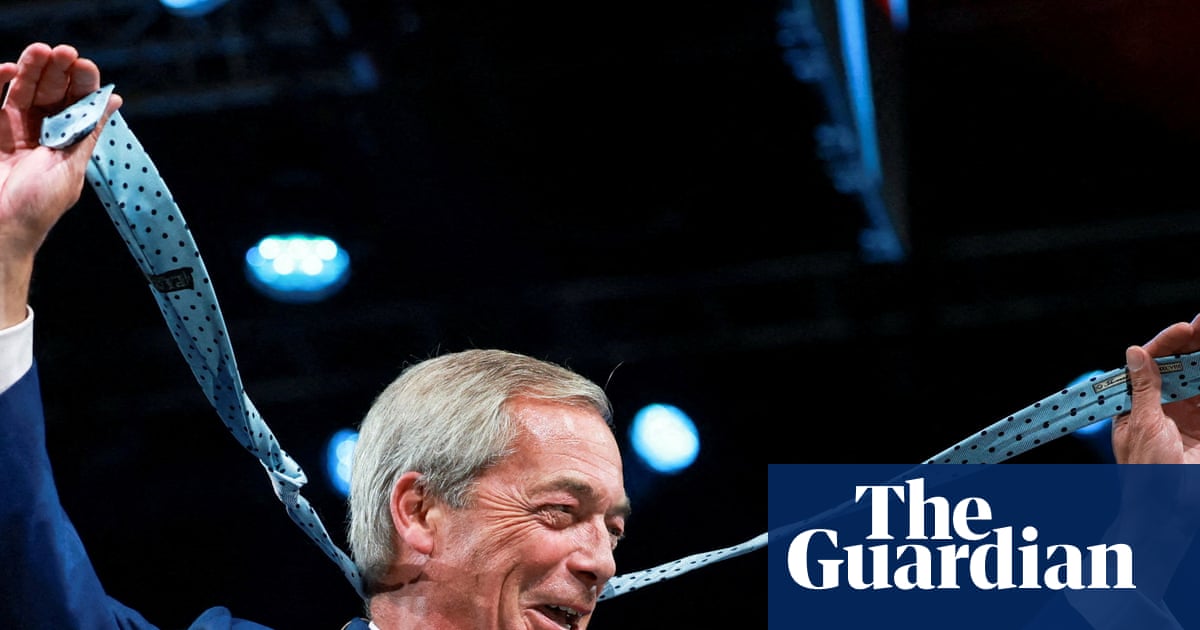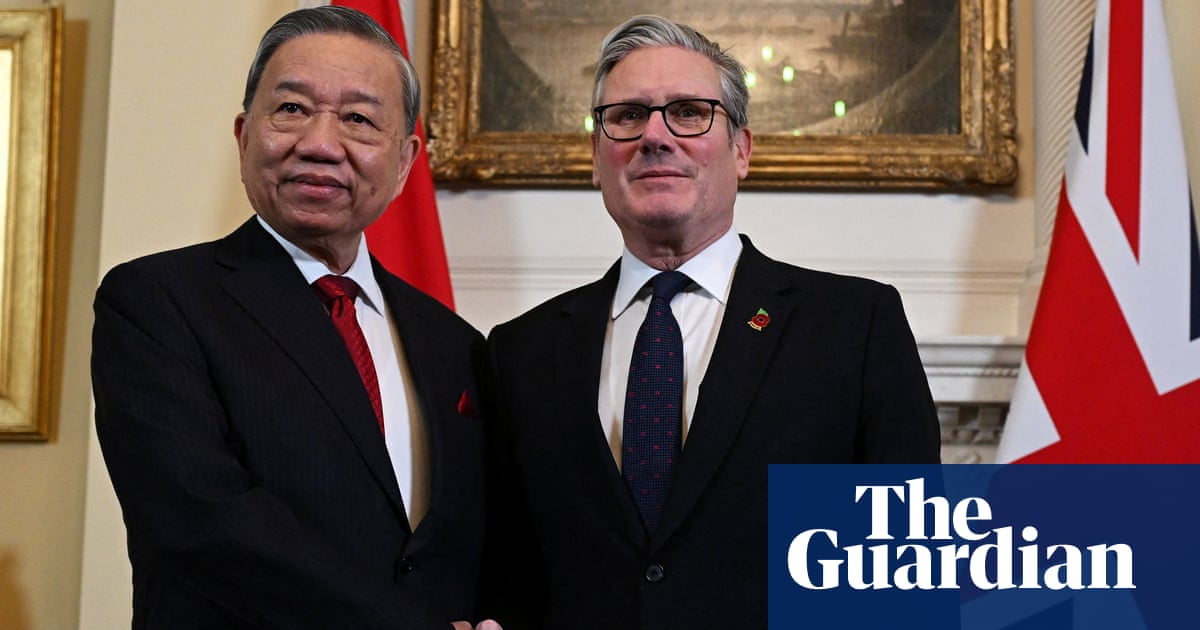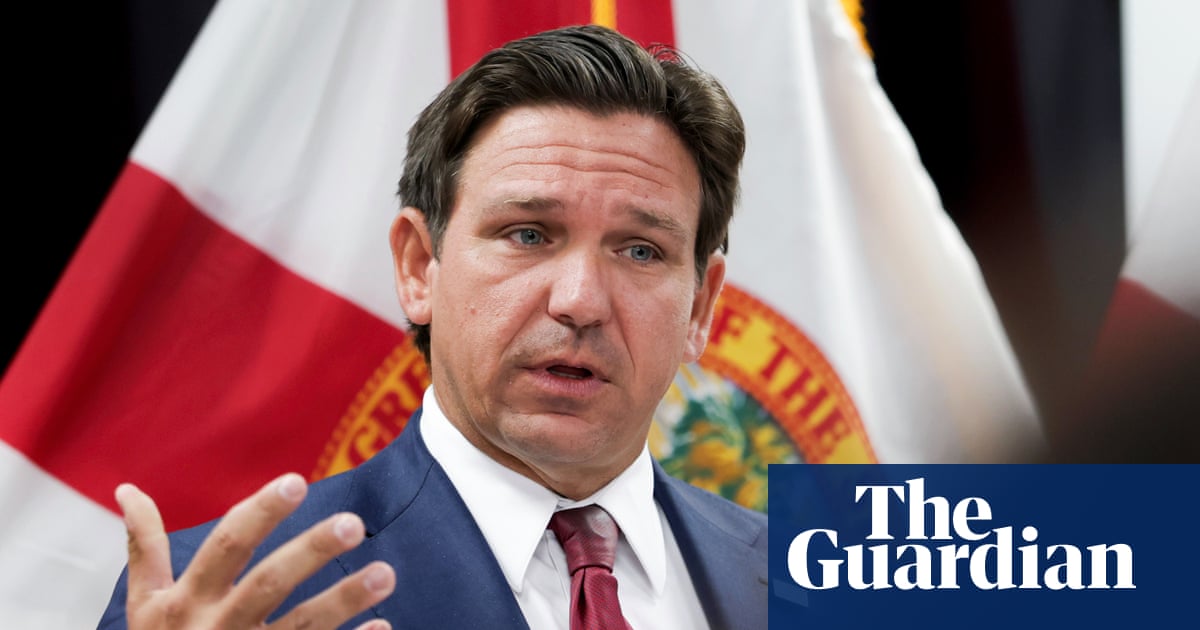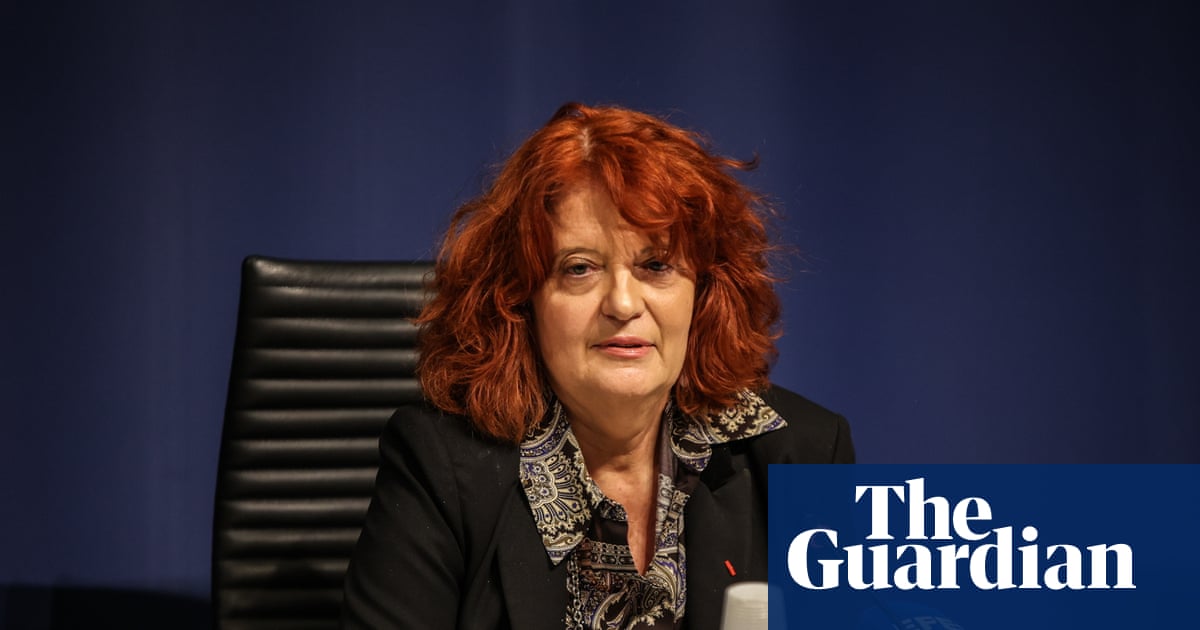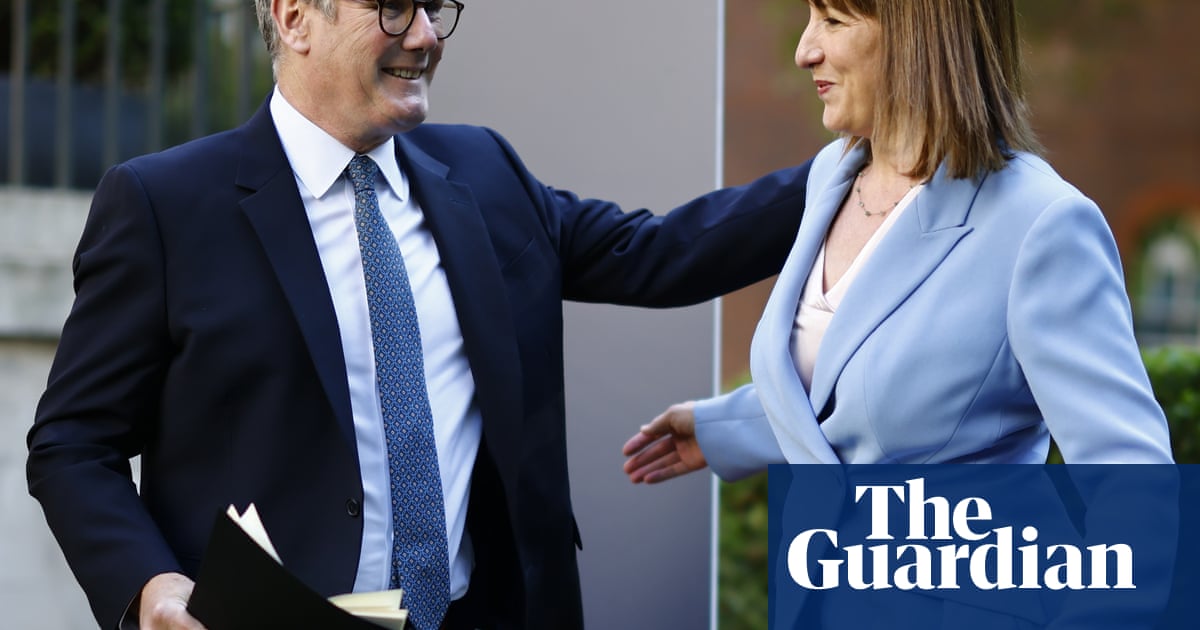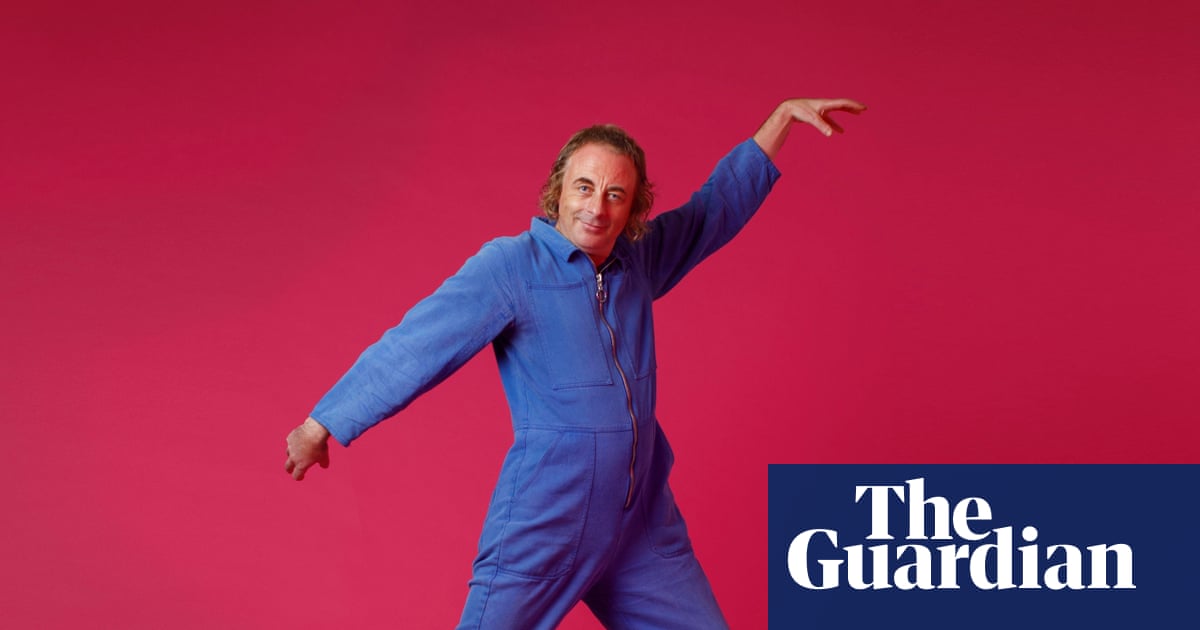A racing series with purpose, Formula E heads into its season finale in London this weekend having to an extent already made its point. Mass adoption of electric vehicles, considered a somewhat fanciful future when it began in 2014, has been embraced as an integral part of dealing with the climate emergency. Still, Formula E is intent on continuing to build a championship that remains a sustainable and entertaining series. The task it faces is persuading the public to pay attention.
Those opening years did nothing to help the cause. A decade ago the cars that trundled round Battersea Park in London did little to sell the future of electric racing. They were slow and unwieldy, and sounded rather like disgruntled hairdryers. Worst of all, with batteries unable to last an entire race, drivers had to change car at the midway point.
Formula E attracted attention at the time given it was new and its unique selling point was racing in purpose-built, pop-up tracks in city centres, but many of the races were underwhelming, creating an unfavourable impression that has lingered.
A decade on, Formula E deserves more consideration, however. The sport is unrecognisable from its early days, as was evident two weeks ago at Berlin’s former Tempelhof airport, where Britain’s Oliver Rowland sealed the championship for Nissan.
The cars are now into their third iteration, the Gen 3 Evo. The battery change has long gone, top speeds are now up to 200mph and the acceleration is formidable at 0 to 60mph in 1.82 seconds. The cars use regenerative braking to produce almost 50% of all the energy required for the race, with an electric motor operating at more than 95% efficiency.
The sound, a bugbear for many, is still far from the visceral punch of a V10 internal combustion engine, but at least now bears more similarity to that of a fighter jet than a household appliance.
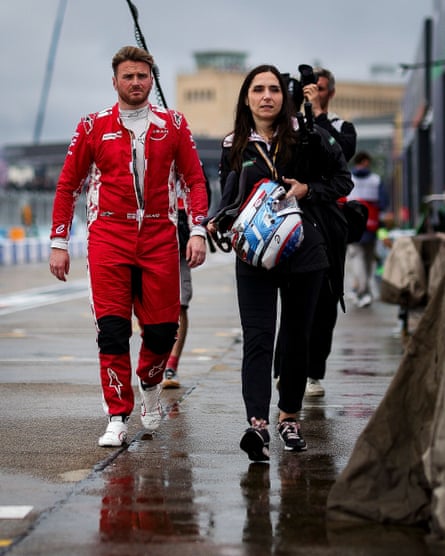
Most notably the racing is frenetic. With the cars evenly matched and an absence of dirty air, they follow each other closely and pass with impunity. In the second race at Tempelhof, the lead changed hands with such regularity it was difficult to keep up.
Rowland fought hard for a deserved first major title but it came without garnering the attention that might be expected from a series more than a decade old. Formula E has boasted some impressive numbers of late, not least in their recent survey, which claimed 374 million fans worldwide, yet those numbers do not reflect where the series finds itself.
Florian Modlinger is the team principal of the Porsche factory team; an engineer by background, he believes the technical advances the series has made are impressive but Formula E has still to breakthrough. “It is a fact that it’s not gathering the attention that one might expect after 11 seasons,” he says. “It’s ramping up and we are a young sport. One decade is still quite young compared to a series [F1] which exists for 75 years. But clearly we need to create more awareness.”
Sam Smith, a writer who has covered every season since its inception and is author of Formula E: Racing For The Future, believes the championship is at a crossroads. “The issue facing Formula E seems to be the public perception and that people find it hard to reach it and generally don’t seem to be in large numbers,” he says. “It’s not breaking through. It’s just not. It’s 11 seasons in and it’s in a bubble.”
Liberty Global, a sister company to F1’s Liberty Media, has a five-year plan to expand the calendar and improve engagement but as its chief executive, Jeff Dodds, acknowledges, it is not necessarily focused on traditional race fans. “We have to attract a younger audience that are new to motor sport that perhaps don’t bring some of the preconceptions of what motor sport should be with them,” he says.
after newsletter promotion
To help Formula E achieve this, Ellie Norman arrived as head of marketing last year. Norman was in the same role at F1 between 2017 and 2022, a period in which the sport’s fortunes were transformed. She believes Formula E needs to sell itself on a human rather than technical level, heroes and antiheroes. This was, notably, an approach F1 has pulled this off and she would doubtless be pleased by Rowland’s belief that drivers should be allowed to be drivers.
“We’re very limited in what we can do, whether it’s been fined or getting in trouble with the team,” Rowland says, a view common across the paddock. “If you get out of a car and you’re full of emotion there’s nothing wrong with going and shouting and screaming at them a little bit or even, you know, a bit of fisticuffs. I think that’s cool.”
Quite whether the sport would approve of the Barnsley driver’s blunt assessment is moot, but it would give the FIA, the sport’s governing body, palpitations. However, Formula E without doubt does have an inarguably wholesome strength in its pursuit of sustainability and goal of reaching net zero carbon emissions. Each team’s full operational garage, including both cars, comes in at 6.5 tons, and this season the sport has reduced its air freight for races outside Europe from three cargo planes to two.
Such an achievement perhaps cuts little ice with a broad audience and that is what feels increasingly crucial for the sport. Between 2021 and 2022, Audi, Mercedes and BMW all pulled out. Six manufacturers remain but McLaren too will leave at the end of this season, so the field next season is down to 10 teams for the first time since 2018.
Against this backdrop, there is a sense that the next evolution of car, the Gen 4, must be a gamechanger. It is due at the end of 2026, when the cars will boast more power, expected to be faster than F2 racing cars and will be better looking too.
“We have to show people [Formula E] is not what it was 10 years ago,” says Dodds. “It’s not always easy to do that but we’d like to be the second biggest motorsport in the world by 2030. We won’t have caught Formula One but no one wants to come and watch exactly the same as an F1 race but with an electric car. What’s the point of doing that? We’ve got to carve our own furrow.”

 3 months ago
42
3 months ago
42

